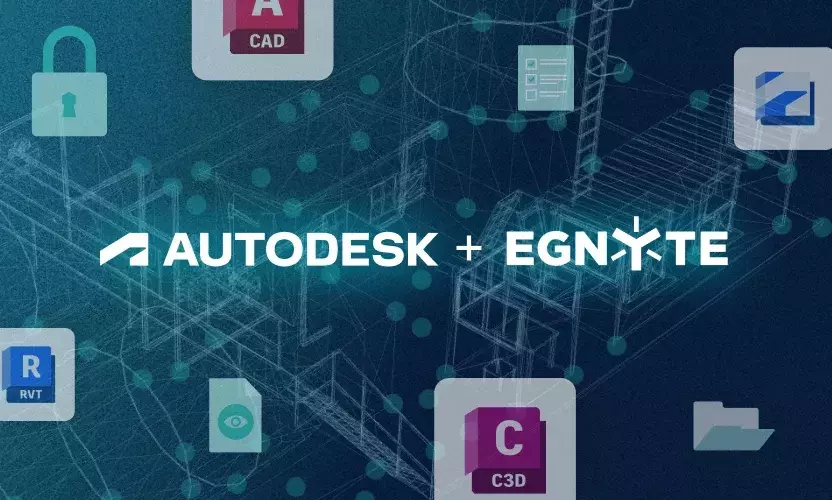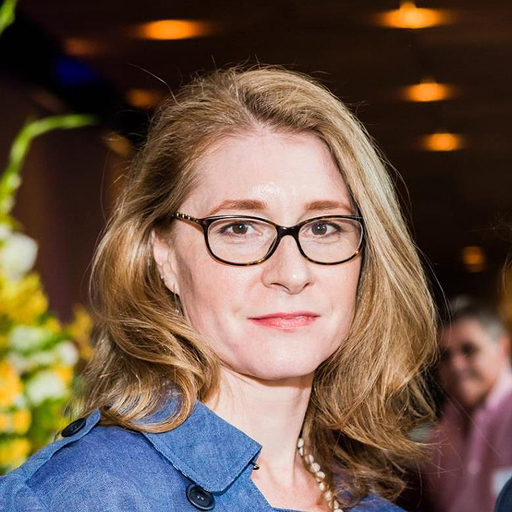
A Simple, Flexible Digital Foundation for Architectural Practice
The practice of architecture has been “going digital” for more than 30 years. Starting with the proliferation of CAD software in the 1990s, this technological shift accelerated with the mainstream adoption of BIM tools and workflows in the 2000s. Digital practice has broadened since that time to include visualization, simulation, analysis, automation, and even AI-driven generative design.
In support of this digital transformation, an accompanying transition from desktop to cloud computing has taken place. Today, hybrid environments are commonplace in architecture offices. Desktop authoring tools are augmented by cloud-hosted capabilities, while project data is increasingly stored and shared in the cloud. This relationship between on-premises desktop applications and the cloud has been a prerequisite for supporting a real-time, collaborative, and iterative design environment.
Moving to the Cloud without the Growing Pains
Architects (and the software tools they employ) perform best when backed by simple, searchable, and fast file management systems. In years past, an on-premises file server would have provided the best performance for co-located users, but not necessarily for simplicity, searchability, or flexibility. Primarily suited for internal sharing and document control, these systems required heavy IT hardware expense and expertise, and were fraught with challenges in managing data standards and templates across servers and users’ machines.
Today, architects can choose Egnyte, which offers a modern, high-performance, cloud-first environment that supports users located anywhere in the world and provides the security and controls once available only through on-premises systems. And this flexibility is just the beginning, as advanced features such as native BIM file viewing and AI-driven search take the Egnyte experience far beyond traditional on-premises file systems.
Egnyte’s Modern, Cloud-First Solution
Perhaps one of Egnyte’s greatest strengths lies in its simplicity, as the user experience closely emulates an on-premises file server. Matthew Onken, IT Director at Lionakis shared, “We migrated to Egnyte over a weekend, and we only saw 1 support ticket on Monday. Many of our users didn’t even know that we had replaced the server with Egnyte!”
At the same time, Egnyte supports a contemporary hybrid computing environment, where desktop applications still play an important role. These programs often depend on file path linking to reference relevant contextual information and standard templates. With mapped drive letters, Egnyte users can maintain file links just as easily as an on-premises server, making these references available across all users and locations. Bob Frederick, Director of Computational Design at RIOS explained, “We’re coding everything in Python. The problem we always have is dependencies. We have solved this by putting everything on Egnyte. It caches Python files locally so that everyone is looking at one repository. This makes it easier to manage updates to standard scripts. And it is way faster than a traditional VPN or WAN connection.”
Finally, Egnyte offers integrations with popular AEC tools such as Autodesk Construction Cloud, Bluebeam, and Newforma, as well as productivity apps like Microsoft Teams and Zoom, ensuring design teams can seamlessly collaborate and communicate across their projects.
A Simple, Flexible Foundation for Digital Practice
The architecture profession continues to experience digital transformation, and hybrid computing is enabling architects to explore design problems in new and exciting ways. But in a world where data drives design decision-making and practitioners are geographically distributed, traditional on-premises file storage solutions are no longer sufficient. Egnyte answers this need, providing a simple, flexible solution to support contemporary digital practice. Egnyte’s cloud collaboration and data governance platform functions like an on-premises file server, while enabling design teams to work anywhere in the world. Architects can simultaneously use familiar desktop tools and workflows, take advantage of integrations with popular AEC cloud applications and productivity software, and leverage Egnyte’s own powerful built-in capabilities. In short, Egnyte makes it easy for designers around the world to store, find, and manage their project data.




